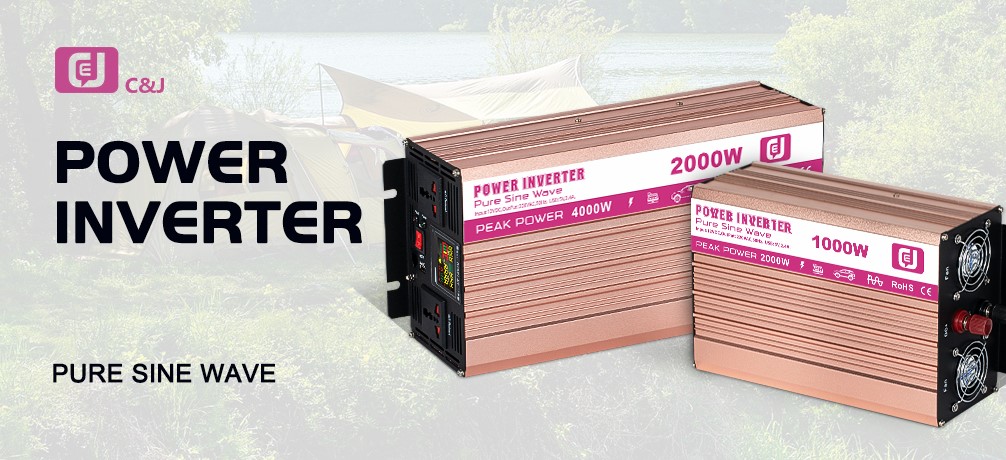Hello Guy you Read about the Understanding Car Power Inverters Content. A car power inverter is a device that converts the direct current (DC) electricity produced by your car’s battery (typically 12V or 24V) into alternating current (AC) electricity, which is used by most household electronics. This allows you to power or charge devices that usually need to be plugged into a wall outlet while you’re on the road. Here’s a breakdown of how it works and key factors to understand:
How a Car Power Inverter Works
- DC to AC Conversion: The car’s battery provides DC electricity, but most household devices (like laptops, TVs, small appliances, etc.) require AC. The inverter converts the car’s low-voltage DC power into higher-voltage AC power.
- Connect to Car’s Electrical System: Inverters can be connected via the cigarette lighter or directly to the car’s battery. For higher power needs (above 150-200 watts), it’s usually safer to connect directly to the battery.
- Power Output: Inverters come with different power ratings, ranging from small inverters (150 watts) to larger ones (up to 3000 watts). The power capacity of an inverter determines what kind of devices you can safely run.
Key Components:
- Input Ports: Where the DC power from your car’s battery enters the inverter.
- Output Ports: Usually standard household AC outlets (typically 120V in the U.S.) where you plug in your devices.
- USB Ports: Many inverters also have USB ports for charging devices like smartphones and tablets.
Types of Car Power Inverters
- Modified Sine Wave Inverters: These are the most common and affordable inverters. They produce a waveform that mimics AC power, which is good enough for most basic electronics (charging phones, laptops, running small fans, etc.).
- Pure Sine Wave Inverters: These are more expensive and provide cleaner, more stable power, similar to what you get from household outlets. They are better suited for sensitive electronics (like medical equipment, certain audio/video devices, or advanced tools).
Power Ratings and Uses
- 150 to 300 Watts: Ideal for charging laptops, phones, small fans, and other low-power devices.
- 300 to 1,000 Watts: Can run devices like small TVs, gaming consoles, mini-fridges, and small power tools.
- 1,000 to 3,000 Watts: Suitable for larger appliances like microwaves, power tools, or even small kitchen appliances (like blenders or coffee makers).
Installation & Use
- Cigarette Lighter Socket: For lower-power inverters (up to around 150-200 watts), you can simply plug them into your car’s cigarette lighter socket.
- Direct to Battery: For higher-power devices, it’s recommended to connect the inverter directly to the car battery using proper cables and clamps. This ensures the inverter can draw the necessary power safely without overloading your car’s wiring.
Key Considerations
- Power Demand: Always check the power requirements of the devices you plan to use. Add up their wattage and ensure the inverter can handle the combined load.
- Battery Drain: Running high-wattage devices for an extended period can quickly drain your car’s battery. It’s a good idea to run the car engine periodically to recharge the battery, or better yet, only use the inverter while driving.
- Safety Features: Look for inverters with built-in protection against overheating, overloading, and short circuits to protect your car’s electrical system and your devices.
Practical Uses
- Road Trips & Camping: Power inverters are handy for road trips, allowing you to charge electronics or power small appliances in places without grid electricity.
- Work on the Go: Inverters are useful for people who need to work remotely, offering the ability to power laptops or mobile office setups.
- Emergencies: During a power outage, a car inverter can provide a temporary source of electricity for essential devices.
Understanding the size and type of inverter you need is crucial to ensuring it meets your power demands without damaging your car’s electrical system or your devices.
